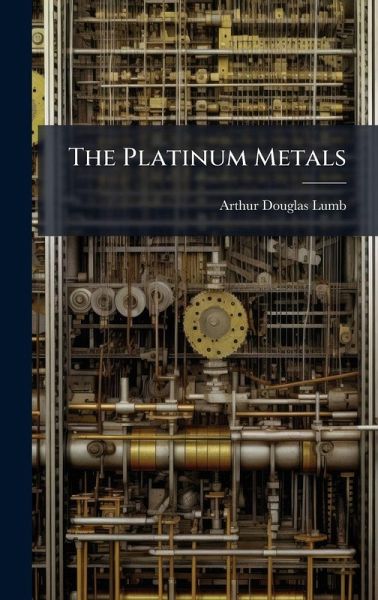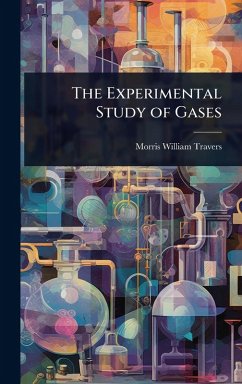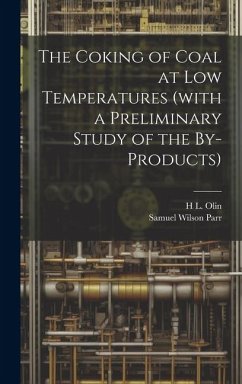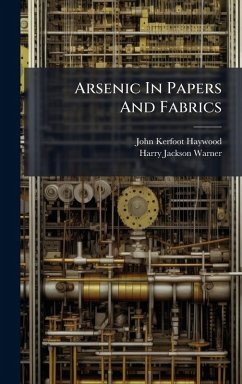
The Platinum Metals
Versandkostenfrei!
Versandfertig in über 4 Wochen
28,99 €
inkl. MwSt.
Weitere Ausgaben:

PAYBACK Punkte
14 °P sammeln!
The Platinum Metals (1920) provides a detailed overview of platinum and related metals, focusing on their properties, extraction, and uses. This book by Arthur Douglas Lumb explores the chemical and physical characteristics of platinum, palladium, iridium, rhodium, osmium, and ruthenium, offering insights into their industrial and scientific significance. Readers will find comprehensive discussions on the methods of refining these metals, their alloys, and their applications in various fields such as jewelry, chemical catalysis, and electrical engineering. Lumb's work serves as a valuable reso...
The Platinum Metals (1920) provides a detailed overview of platinum and related metals, focusing on their properties, extraction, and uses. This book by Arthur Douglas Lumb explores the chemical and physical characteristics of platinum, palladium, iridium, rhodium, osmium, and ruthenium, offering insights into their industrial and scientific significance. Readers will find comprehensive discussions on the methods of refining these metals, their alloys, and their applications in various fields such as jewelry, chemical catalysis, and electrical engineering. Lumb's work serves as a valuable resource for chemists, metallurgists, and anyone interested in the technical aspects of these precious metals. This work has been selected by scholars as being culturally important, and is part of the knowledge base of civilization as we know it. This work was reproduced from the original artifact, and remains as true to the original work as possible. Therefore, you will see the original copyright references, library stamps (as most of these works have been housed in our most important libraries around the world), and other notations in the work. This work is in the public domain in the United States of America, and possibly other nations. Within the United States, you may freely copy and distribute this work, as no entity (individual or corporate) has a copyright on the body of the work. As a reproduction of a historical artifact, this work may contain missing or blurred pages, poor pictures, errant marks, etc. Scholars believe, and we concur, that this work is important enough to be preserved, reproduced, and made generally available to the public. We appreciate your support of the preservation process, and thank you for being an important part of keeping this knowledge alive and relevant.












